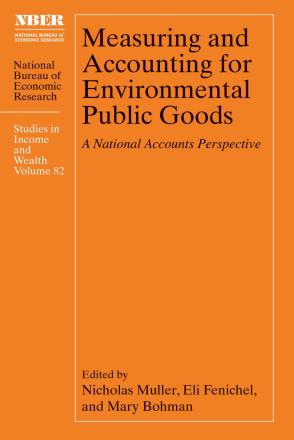The Value and Configuration of Coastal Natural Capital

Location is a key determinant of the value and productivity of natural assets. Coastal beaches are a particularly important class of natural asset for local economies and ecosystems; however, the magnitude of beaches’ importance is mediated by the arrangements of sand along the coastline and from sea to shore. Using high-resolution, remotely sensed data and information on property attributes and transactions, I compare estimates from three case studies along the US east coast. The capitalization of a foot of beach width in coastal Connecticut house prices is orders of magnitude lower, 0.04 percent of mean sale price, than that in North Carolina (1.3 percent) or Florida (0.8 percent). Whereas transferring estimates from one location to another may miss important factors for beach sand valuation that I identify (e.g. inlets and public beach access), the burgeoning availability of environmental and economic data allow replicable and scalable context-specific valuation. This exercise pieces out the contribution of a coastal environmental attribute—beach width—embedded in the capitalized value of coastal homes and demonstrates ways forward for natural capital accounting.
-
Copy CitationEthan T. Addicott, Measuring and Accounting for Environmental Public Goods: A National Accounts Perspective (University of Chicago Press, 2024), chap. 5, https://www.nber.org/books-and-chapters/measuring-and-accounting-environmental-public-goods-national-accounts-perspective/value-and-configuration-coastal-natural-capital.Download Citation
-


